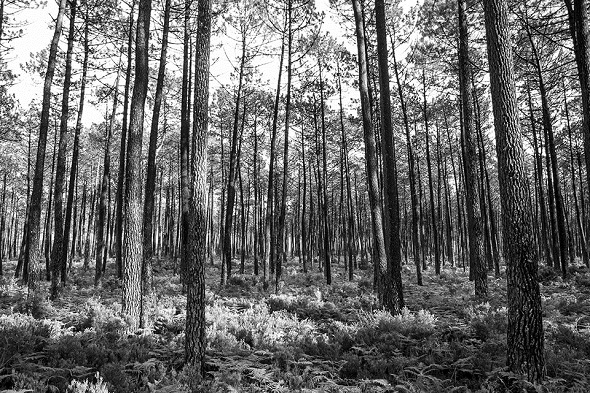June 8–July 30, 2016
Opening: June 7, 4pm (by invitation only)
Maison de la culture du Japon à Paris
Exhibition room (level 2)
M° Bir-Hakeim / RER Champ de Mars
101bis, quai Branly
75015 Paris
Hours: Tuesday–Saturday noon–8pm, closed public holidays
Free entry
T +33(0)1 44 37 95 00 / 01
www.mcjp.fr
Facebook / Twitter / Instagram / #MCJP / #TRANSPHERE
Curator: Hou Hanru (Artistic Director of the National Museum of XXI Century Arts – MAXXI, Rome)
The Magical House is a project designed for Maison de la culture du Japon à Paris (The Japan Cultural Institute in Paris) by the Atelier Bow-Wow (Yoshiharu Tsukamoto, Momoyo Kaijima and Yoichi Tamai, Tokyo) and Didier Fiuza Faustino (Bureau des Mésarchitectures, Paris). These architects have long explored the issue of the habitat, inventing innovative and often provocative “machinery/habitats.” They have come together to create a “magical environment” for the second component of the Transphere exhibition cycle.
The Atelier Bow-Wow and Didier Fiuza Faustino are among the most outstanding representatives of this generation of architects of the last decade who have emerged to bring a fresh look to the definitions of architecture hitherto established. Their research on the living conditions in contemporary cities is artistically subversive and socially engaged.
For this exhibition, The Magical House, the architects have chosen to work with a common material in a logic of cyclical production. This material—wood—used in the construction of the two architectures, is sourced in Portugal, near the place of Didier Faustino’s first architecture (My First House, 1996) , and will be returned at the end of the show for a second life. The two houses, rebuilt in the middle of a forest, will be accessible to all. Although the architects have decided to work with this same material, the cells they present offer visitors two complementary visions. For this collaboration, Didier Fiuza Faustino designed a polyhedron with rounded edges. Covered on the inside with translucent fabric, balancing on one of its sides, the hermetically sealed structure is like a refuge, a cell in which one might protect oneself from a hostile environment. The user could close himself inside in order to open up to other areas, to travel elsewhere, even within oneself. This cabin might also be a childhood memory, a space shuttle in which we imagine traveling through the cosmos.
Alongside this sensitive, intimate installation, the Atelier Bow-Wow has made the generous offer of a roof-shaped structure the public can enter under to take shelter, or sit upon, making it a place of exchange and conviviality. Both opaque and transparent, this structure reminds us as much of the slatted facades of traditional Japanese townhouses, or machiya, as it does of the roofs of the first Shinto shrines.
Visitors are invited to experience the space of The Magical House plunged into a darkness inhabited by a shadow play of light, and of sound and silence, creating a poetic atmosphere inspired by In Praise of Shadows, the masterpiece by the writer Junichiro Tanizaki, and the concept of the “uncanny” described by Sigmund Freud. Though the exhibition invites poetic meanderings, it also makes it possible to rethink current urban issues, the problems of space, but also to question the relationship between individuals and their privacy.
It will be conducive to the organization of workshops and meetings.
This exhibition is sponsored by Japan Airlines.
